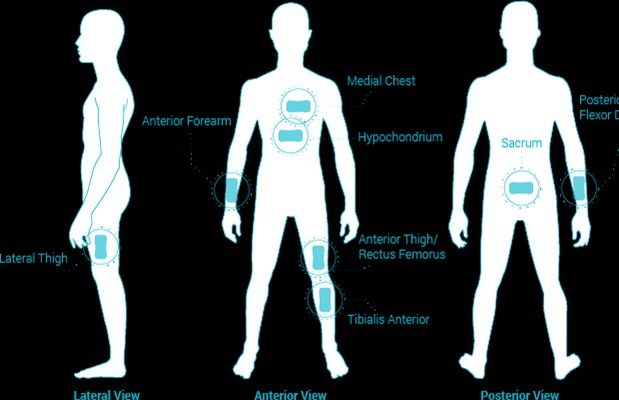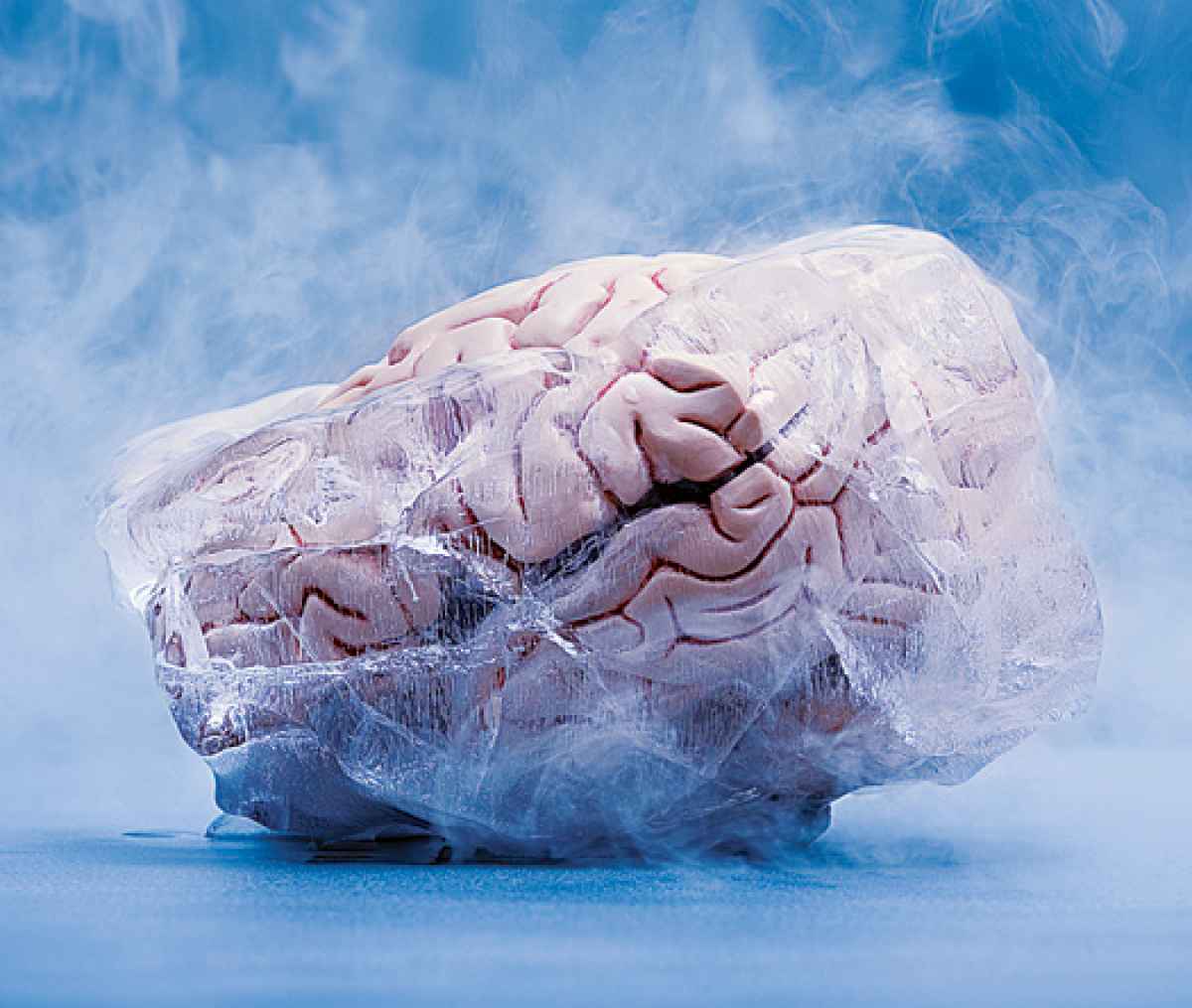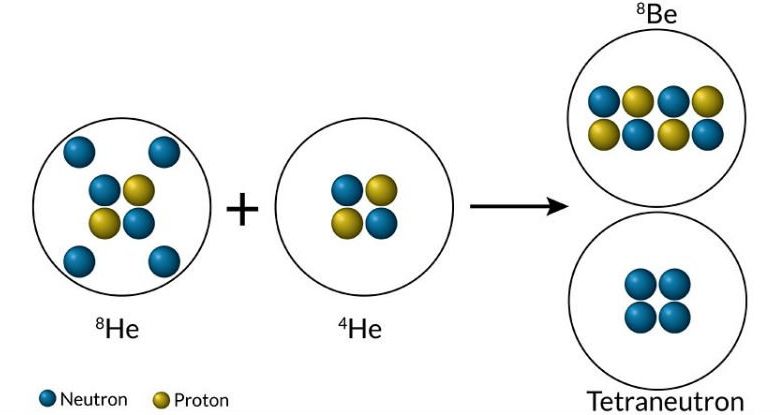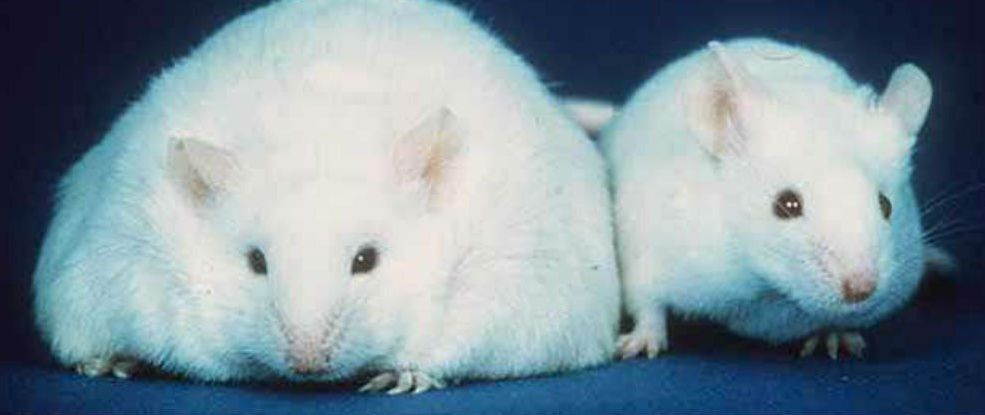Built from the ground up with researchers in mind, the BioStampRC™ system is the simplest way to gather complex physiological data.
Page 11831

Karl Sagan ka thene dikur se ka me shume yje ne univers se sa kokrriza rere ne te gjitha plazhet e Tokes. Ne te njejten kohe, ka me shume molekula H2O ne dhjete pika uji se sa ka yje.
_______________________________________________________________________________________
The scale of the universe (HD)
Published on Sep 23, 2015.
Feb 10, 2016
Mammal brain successfully returned from cryopreservation for the first time
Posted by Julius Garcia in categories: biotech/medical, cryonics, life extension, neuroscience
A rabbit’s brain has been successfully returned from long-term cryogenic storage, marking the first time a whole mammalian brain has been recovered in near-perfect condition.
It marks a significant breakthrough in the field of cryonics and boosts the prospect of one day bringing frozen human brains back to life.
Researchers from 21st Century Medicine (21CM) used a new technique called Aldehyde-stabilized cryopreservation that filled the vascular system of the rabbit brain with chemicals that would allow it to be cooled to −211 degrees Fahrenheit (−135 degrees Celsius). When it was thawed, the cell membranes, synapses, and intracellular structures remained intact.
Feb 10, 2016
Physicists say they’ve finally confirmed the existence of a ‘four neutron-no proton’ particle
Posted by Shailesh Prasad in category: particle physics
Physicists have found the most convincing signs of a tetraneutron — a four neutron-no proton particle — to date, adding weight to the possibility that the hypothetical particle really does exist. According to theory, this highly elusive particle cluster is impossible, because of how unstable lone neutrons are, but scientists in Japan say they’ve spotted its signature during recent experiments.
While the results need to be replicated independently before we can truly say the fabled tetraneutron exists, if other teams can confirm its existence, we’re going to have to make some serious changes to current understanding of nuclear forces. “It would be something of a sensation,” nuclear theorist Peter Schuck from France’s National Centre for Scientific Research, who wasn’t involved in the discovery, told Science News.
Physicists have been searching for the tetraneutron for decades, and while this 1965 paper concluded that no evidence could be found and “the existence of tetraneutrons is most unlikely”, four separate papers have since reported experimental observations of the particle.
Feb 10, 2016
Here’s how the future of TV could involve all your senses
Posted by Shailesh Prasad in categories: electronics, futurism
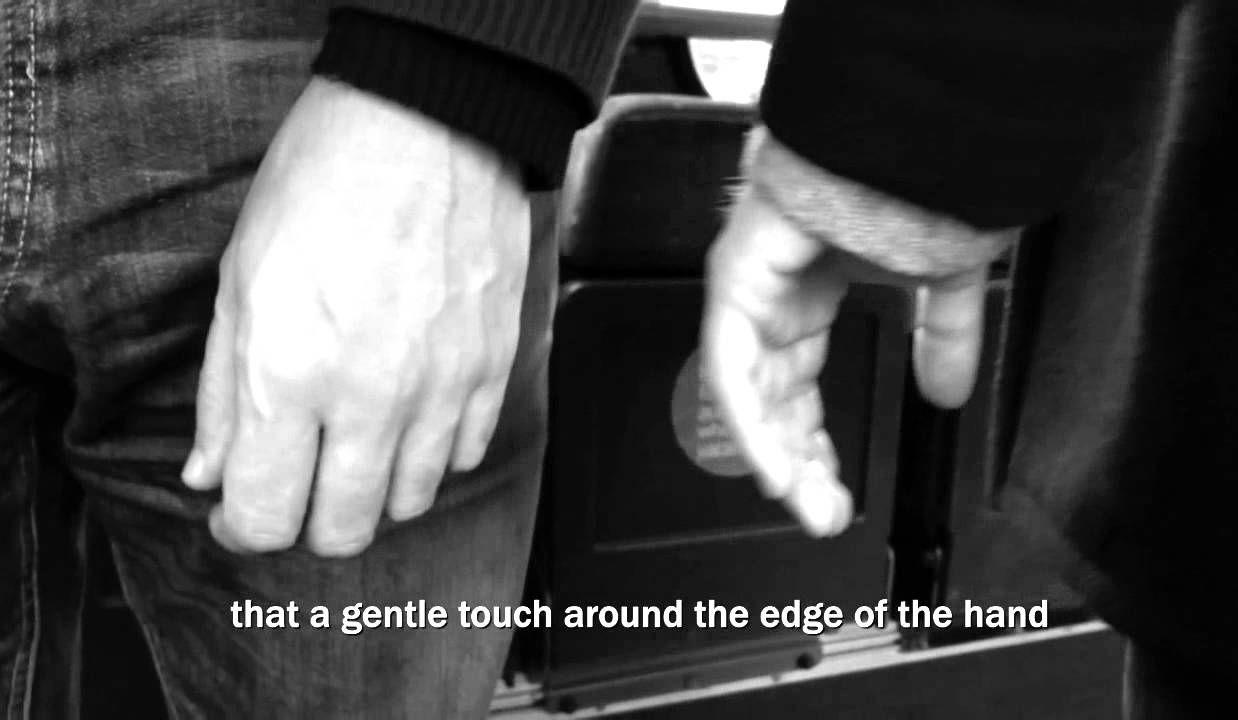
Imagine a party on a warm summer’s evening. You can see the beautiful greenery and the dipping sun, you can smell the freshly cut grass and taste the cool drinks on offer. You hear someone walk up behind you and feel them tap you on the shoulder. Now imagine you’re not really at the party – but sitting at home and the scene and all these sensations are coming from your TV.
Working out how television programmes could one day stimulate all our senses is an interesting question for researchers like myself, who are exploring the future of TV. But the bigger, more exciting challenge is how we can not only imitate what is happening on the screen, but also use smell, taste and touch in a way that’s not a novelty and enhances the emotional experience of a show, just as a soundtrack does.
Continue reading “Here’s how the future of TV could involve all your senses” »
Feb 10, 2016
Scientists say they’ve found a genetic ‘switch’ that could turn obesity on or off
Posted by Shailesh Prasad in categories: biotech/medical, genetics
There’s still much that we don’t understand about obesity and its underlying causes, but scientists in Germany say they’ve discovered a genetic ‘switch’ that could effectively turn obesity on or off.
The new report is based on epigenetics research — that is, the way the genes in our bodies change based on chemical and environmental factors, rather than modifications in the fundamental DNA genetic code itself. We’re all born with a certain set of genes, but these can be turned on or off, or dialled up or down, though processes inside the body (it’s part of the reason why identical twins don’t always look identical).
It’s one of these epigenetic tags that the scientists have identified, and it works like a light switch rather than a dimmer. “Once the switch is triggered, it is a lifelong, epigenetically-driven decision that ends in a stable, either a lean or obese phenotype,” lead author Andrew Pospisilik from the Max Planck Institute of Immunobiology and Epigenetics. “The effect is akin to a light switch — on or off, lean or obese. Typically, we usually consider epigenetic control of disease to act much more like a dimmer, shifting phenotypes like body weight up or down gradually.”
Feb 10, 2016
Japan Airlines introduces robot customer service agent at Tokyo Airport
Posted by Karen Hurst in categories: robotics/AI, transportation
I knew this was coming. Customer agent robots in Japan’s airports coming soon. Next will be baggage handlers, flight attendants, and maybe a co-pilot. Not totally sold on a robot captain besides FAA, NTSB, HHS has to approve that one.
Description: ‘Nao’ offers flight, airport information in three languages, Author: Ray Montgomery — TravelMole Media Group LLC, Publish Date: 10 February 2016, Image:, Category: Travel News.
Feb 10, 2016
China Celebrates Lunar New Year With 540 Disco Robots and 29 Drones
Posted by Karen Hurst in categories: drones, robotics/AI
China knows how to throw a party!
China has seen its glorious future, and it is high tech and flawlessly choreographed.
Feb 10, 2016
Earthbound Robots Today Need to Take Flight
Posted by Karen Hurst in categories: drones, robotics/AI
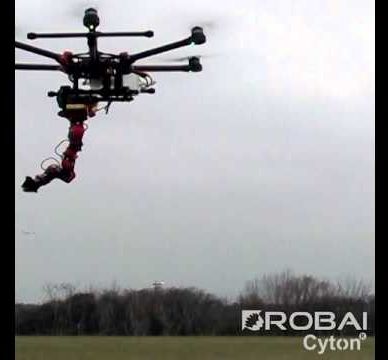
One thing scarier than an angry Robot ; and that’s an angry robot that can fly.
Drones with manipulators will be able to tackle many real-world applications that current robots can’t.
Feb 10, 2016
Science and superheroes: how close are we to creating real superpowers?
Posted by Karen Hurst in category: science
I do believe that I will see this in my life time.
As Marvel’s Deadpool hits screens we ask: with three out of five fictional superheroes owing their powers to science, will we ever have real superpowers?
